Brooklyn Lace Guild Members Share a Passion for a Traditional Craft
The guild brings together antique lace collectors, history enthusiasts, textile artists, newcomers to the craft, and everyone in between.

Members of the Brooklyn Lace Guild gather at the Old Stone House in Park Slope during a February 28 meet-up. The group works together, sharing techniques and history, while reviving intricate lace patterns passed down through generations. Photo by Paul Frangipane
By Lauren Rapp, Brooklyn Paper
On a Friday night, members of the Brooklyn Lace Guild gather at the Old Stone House in Park Slope, rhythmically knocking together 3D-printed and traditional wooden bobbins.
The crafters’ hands move like elegant machines, each thread adding to the creation of extremely intricate and delicate pieces of lace.
Devon Thein, one of the guild’s founders, carefully unspools a piece of lace she’s been weaving for five years.
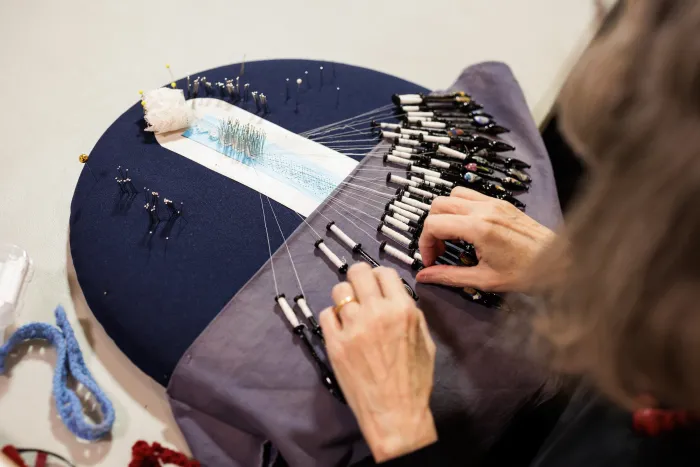
Thein, who has worked with lace for more than 40 years, moves with such speed that the wooden bobbins are nearly impossible to follow as they bounce back and forth.
She co-founded the Brooklyn Lace Guild in 2016 alongside Elena Kanagy-Loux and Kaelyn Garcia to preserve the tradition of the craft. Today, the guild brings together antique lace collectors, history enthusiasts, textile artists, newcomers to the craft, and everyone in between.
“ We are really having quite a renaissance of interest in lace and I see it all over the place,” Kanagy-Loux told Brooklyn Paper. “A lot of our members are younger and are beginners.”
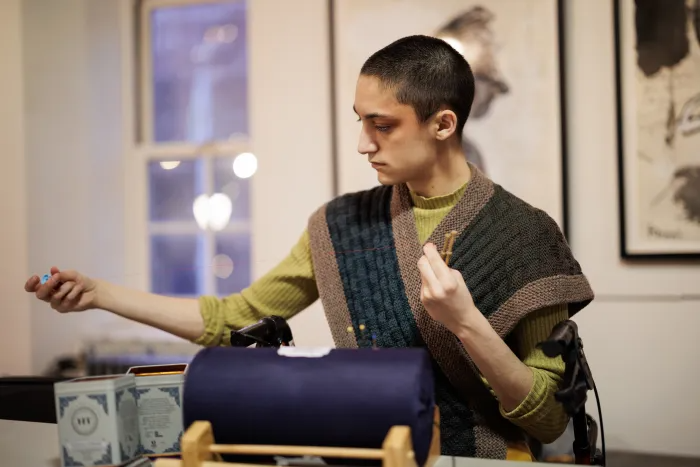
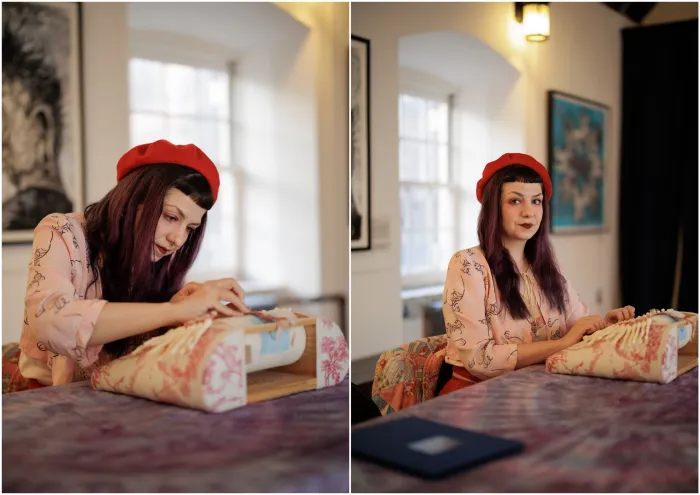
Nearly a decade in, the guild has grown to 70 members, welcoming individuals of all ages and genders who share a passion for preserving the craft of lace-making.
While machines can replicate the look of handmade lace by mechanically weaving threads together, Kanagy-Loux — a historian, Ph.D. student, and lace researcher — isn’t worried that the craft will get lost in today’s shuffle of modernity or machinery.
“People have a lot of anxieties about things like AI, but this is something that really is so human and it’s something that can’t be done by machine in the same way,” she said. “I think it’s a way that we reconnect with our bodies and our self-confidence, and that we reconnect with each other as a community. That makes us feel really human.”
Lace-making is women’s history
Kanagy-Loux, who has spent years studying lace-making internationally, said the craft was largely pioneered by generations of highly skilled women.
“ Sometimes there’s a tendency to sort of pity historical women,” she said. “Many of these women weren’t literate and they weren’t paid very well, but they were brilliant.”
“They were doing such technical and amazing work,” she went on. “It’s like a circuit board. It’s so technologically complicated. The way that they were figuring these things out and pioneering them and innovating, it’s breathtaking.”
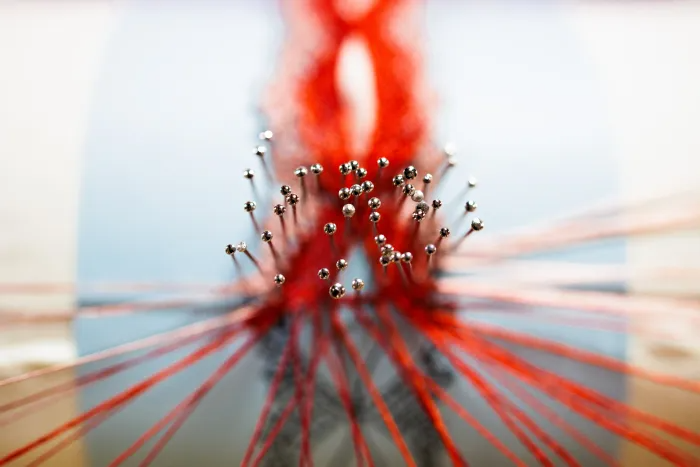
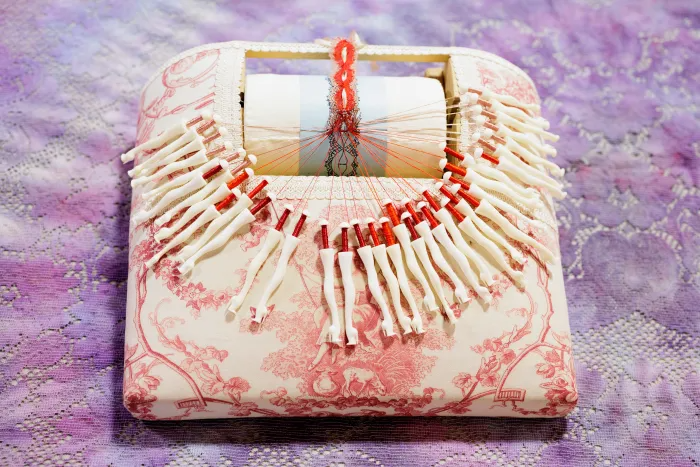
The guild’s meet-ups help preserve the traditions of the women memorialized through the textiles and archival patterns they left behind. By reviving decades-old lace patterns and sharing the history they’ve learned, guild members are more than hobbyists — they are historians and preservationists.
“It’s really incredible to be doing research that is sometimes hard to find,” said 23-year-old member August Grace. “They’re not things that are as commonplace to search for, like merchants’ records of bobbins.”
Grace, who has been making lace for three years, said their interest in the craft began with exploring the intersection of disability and lace-making.
“I found that lace-makers tend to keep those histories very alive and will retell the stories,” Grace said. “So I’ve learned information that I don’t think I ever could have found researching in a traditional way, just by talking to people.”

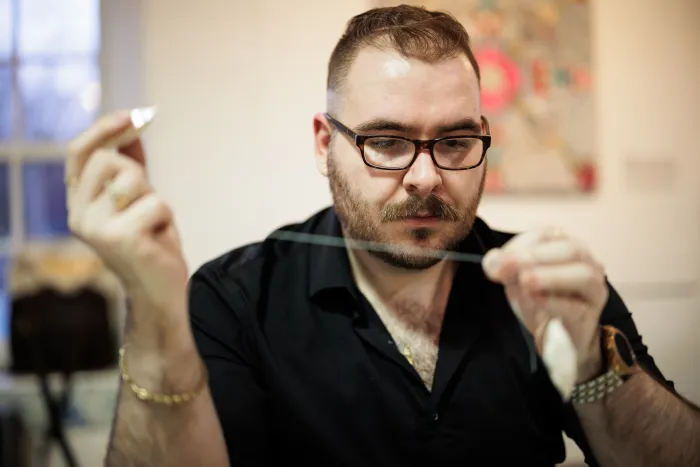
Brooklyn Lace Guild often works with patterns that have little historical context or are written in different languages, leaving members to pool their knowledge about the craft.
At a February 28 meet-up at the Old Stone House, one member presented a box of completed lace projects, hoping someone could identify their origin. The group speculated they likely came from Eastern Europe.
Immigrant women paving the way
New York has its own special history of lace-making. Kanagy-Loux pointed to Carolina Amari, a lace pioneer who established the industry on the Lower East Side in the late 19th century, providing Italian immigrant women with needlelace work.
She also highlighted the contributions of Puerto Rican artists working in the Mundillo style and Jewish immigrants who founded lace businesses that still operate in the city today.
The Brooklyn Lace Guild continues this legacy, keeping the craft alive in New York.
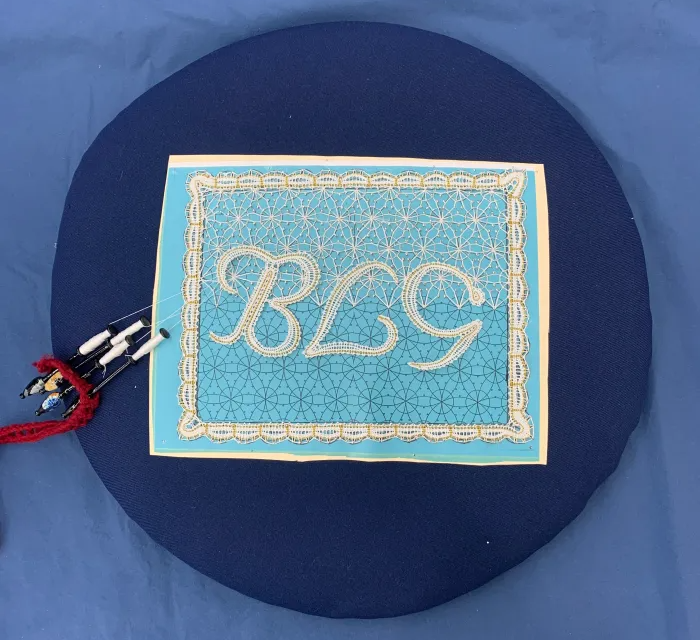
“When I started on this lace journey, I really felt like, oh no, I have to go and save this thing, and there’s gonna be no one left, it’s gonna disappear,” said Kanagy-Loux. “[Then] I was like, oh, there’s actually so many young people doing this. And now that we have more of this knowledge online, it just continues to grow.”
With increasing digital access to historical techniques and patterns, she said, the craft is finding new life among a younger generation of lace-makers. The Brooklyn Lace Guild regularly hosts crafting meet-ups and lace-making classes. The guild has expanded to Zoom meet-ups, broadening its membership and connecting people across the country.
Going online has not only helped the guild discover more lace-making resources, but it has also connected members with others who share their passion for the craft. Kanagy-Loux began creating TikTok videos in 2020, showcasing her work and sharing stories of historical lace-makers. She has since gained more than 100,000 followers.
Editor’s note: A version of this story originally ran in Brooklyn Paper. Click here to see the original story.
Related Stories
- Get Some Colorful Textile Inspiration at the Brooklyn Quilters Guild Show
- Artist Samantha Bittman Combines Her Love of Weaving With Paint
- Gowanus Artist Jordan Nassar Conveys Longing in Landscapes With Palestinian Motifs
Email tips@brownstoner.com with further comments, questions or tips. Follow Brownstoner on X and Instagram, and like us on Facebook.



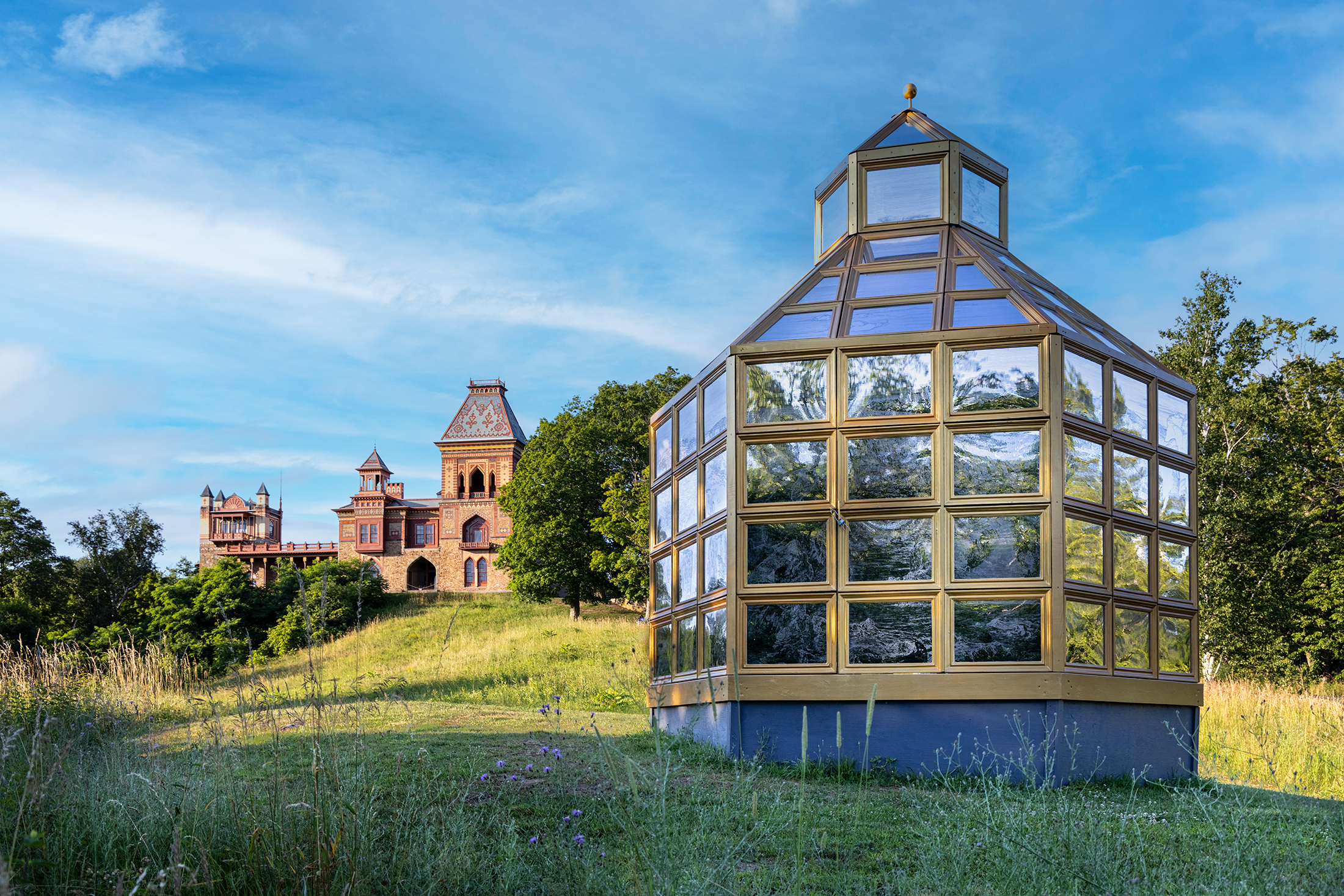
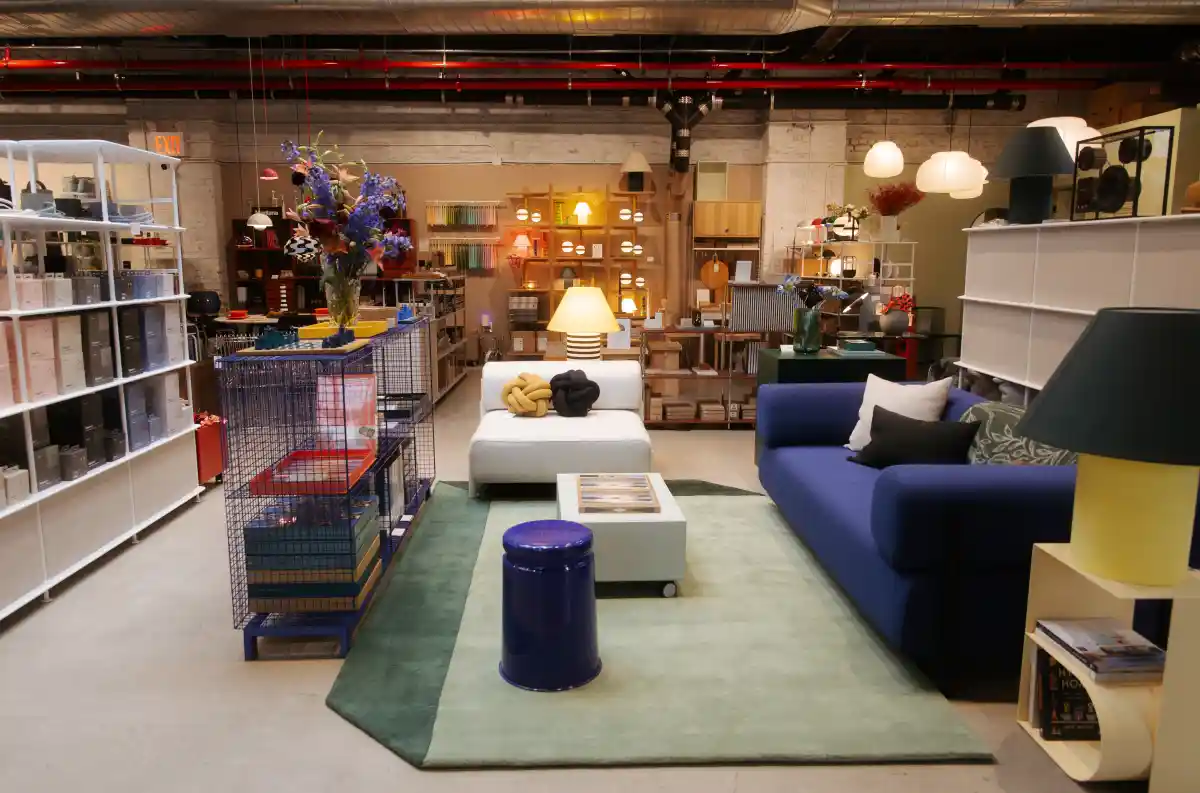
What's Your Take? Leave a Comment